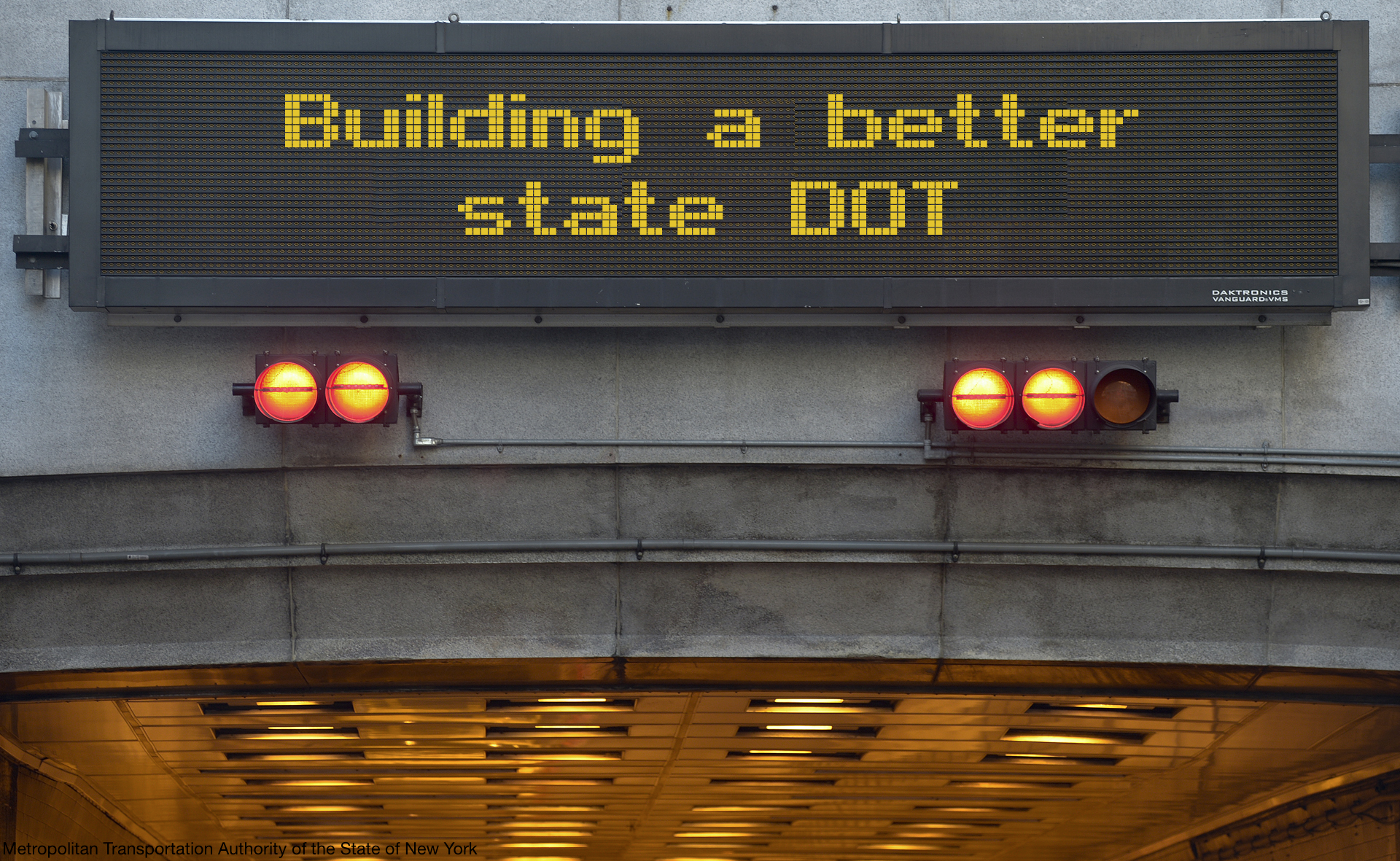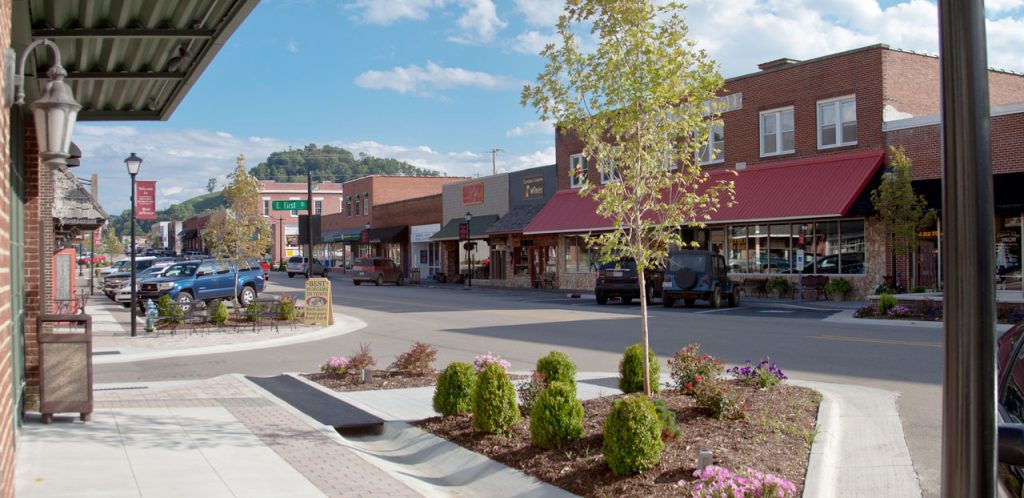 Earlier this month we released the third edition of The Innovative DOT: A handbook of policy and practice. The new and improved guide includes tools for state DOTs working to improve safety, alleviate congestion, improve system reliability, accelerate project delivery, preserve valuable assets, reduce environmental impacts, and enhance economic opportunities—all in an era of constrained budgets.
Earlier this month we released the third edition of The Innovative DOT: A handbook of policy and practice. The new and improved guide includes tools for state DOTs working to improve safety, alleviate congestion, improve system reliability, accelerate project delivery, preserve valuable assets, reduce environmental impacts, and enhance economic opportunities—all in an era of constrained budgets.
We want to make it as easy as possible to use the new guide, so Smart Growth America and our co-authors the State Smart Transportation Initiative are hosting a free webinar all about it.
Join us tomorrow, January 27, 2015 at 3:00 PM EST to learn about new features of the 2015 edition and to discuss how transportation professionals have applied the manual. Hear from panelists Billy Fields, Assistant Professor of Political Science at Texas State University; Roger Millar, Vice President of Smart Growth America and Director of Smart Growth America’s Leadership Institute; Adetokunbo “Toks” Omishakin, Deputy Commissioner/Chief of Environment & Planning at the Tennessee DOT; and Chris Spahr, SSTI Project Assistant. The speakers will highlight new features in the third edition, and how state DOTs across the country are already putting the manual into action.





